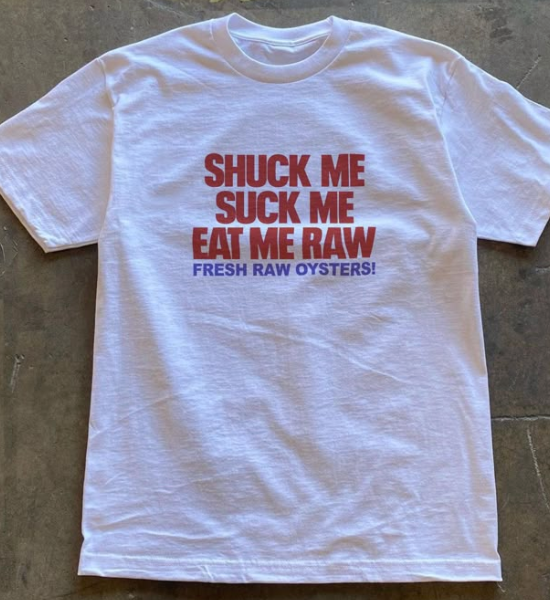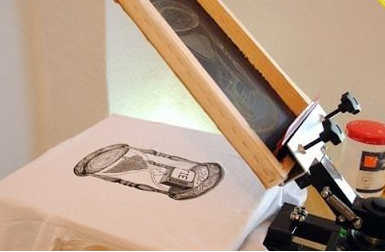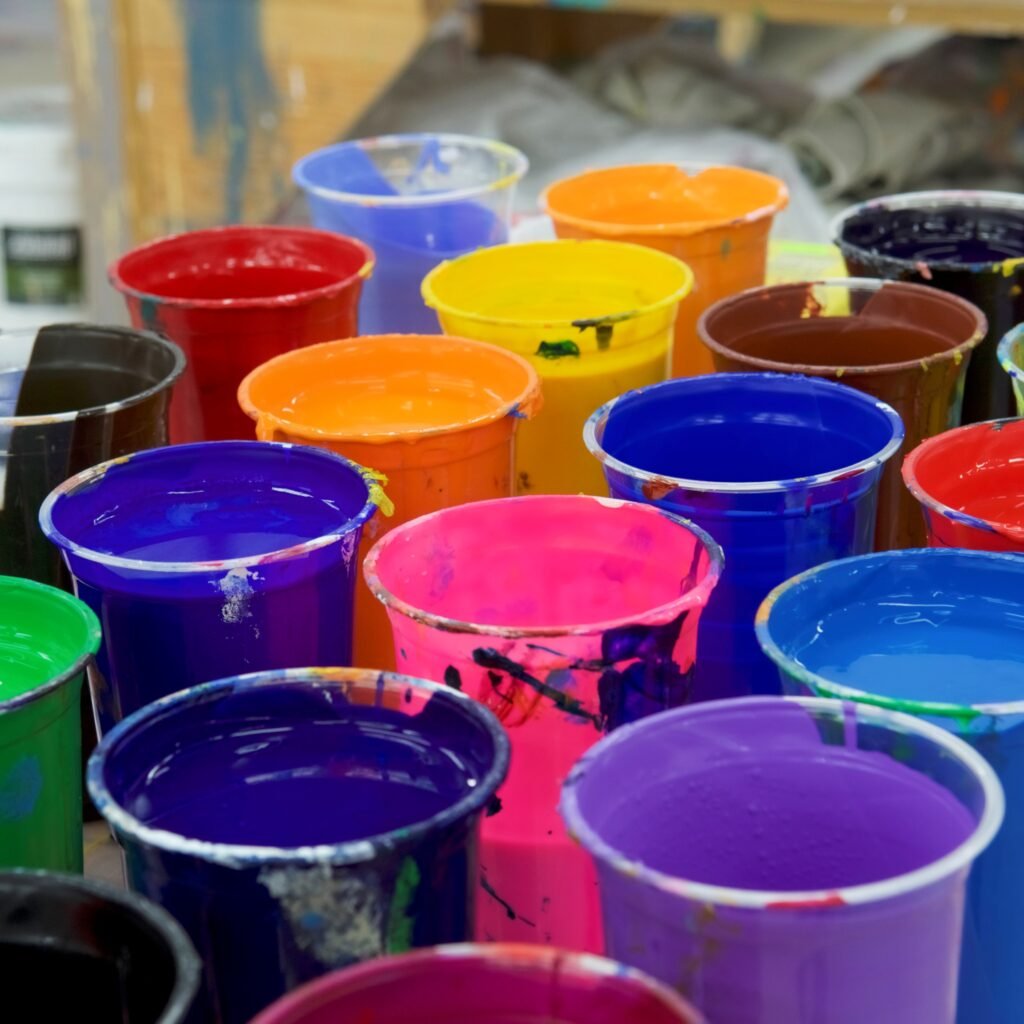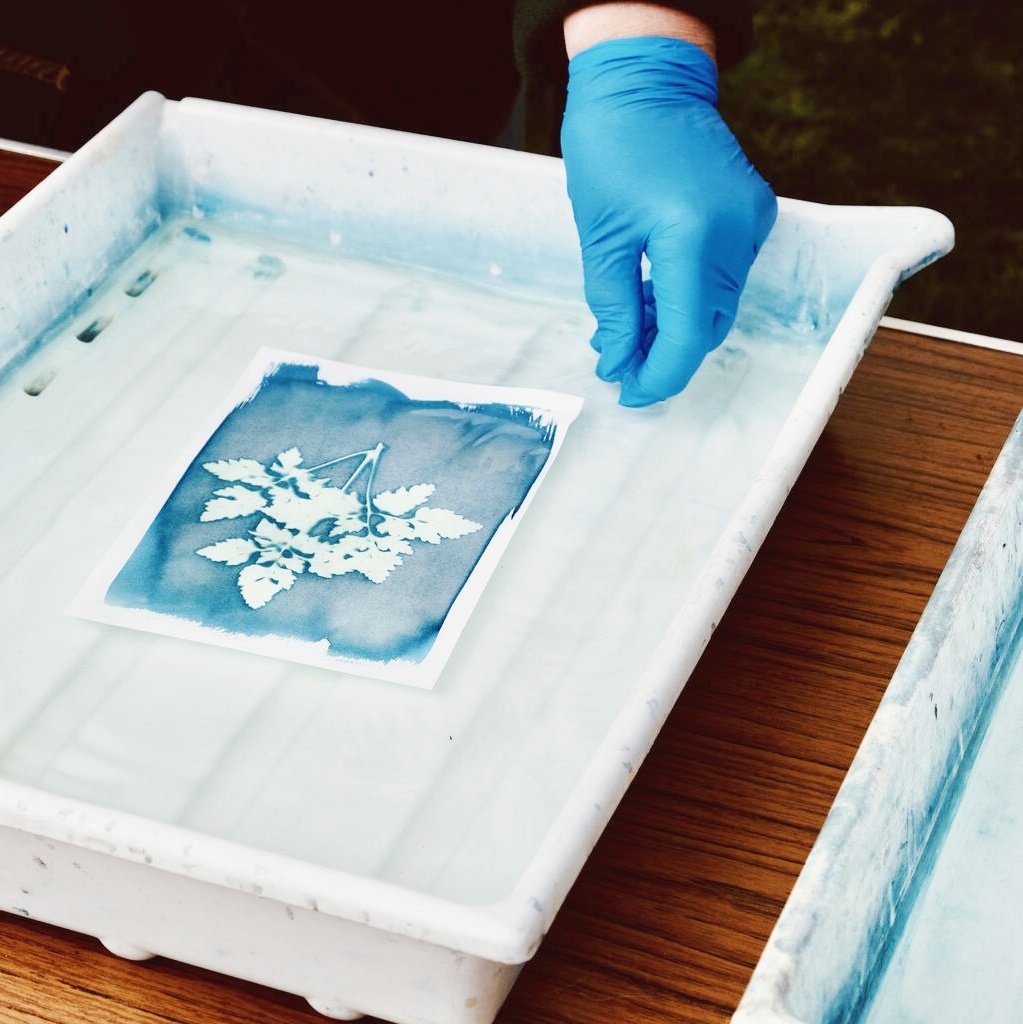İçindekiler
Yüksek Yoğunluklu Plastisol Mürekkep: Serigrafi Baskıda Oyunu Değiştiren
Yüksek yoğunluklu plastisol mürekkep serigrafi baskı dünyasını değiştiriyor. Bu kalın, güçlü mürekkep, serigrafi baskı yapmanıza olanak tanır. 3D tasarımlar, parlak renklerve yıllarca süren baskılar. Nasıl çalıştığını ve neden denemeniz gerektiğini öğrenelim!
Yüksek Yoğunluklu Plastisol Mürekkebi Nedir?
Yüksek yoğunluklu plastisol mürekkep kullanılan özel bir mürekkeptir serigrafi baskıŞunlardan yapılmıştır:
- PVC reçinesi (bir plastik türü).
- Plastikleştiriciler (mürekkebi yumuşak yapan yağlar).
- Katkı maddeleri (kalın ve sağlam yapmak için).
Isıtıldığında bu mürekkep sertleşerek yükseltilmiş tasarım parmaklarınızla hissedebilirsiniz. Markalar gibi Wilflex Kuantum HD ve FN Mürekkep Xenon Serisi Bu mürekkebin popüler versiyonlarını yapın.

Yüksek Yoğunluklu Plastisol Mürekkebi Kullanmak İçin En Önemli 5 Neden
- 3D Doku: Tasarımlar yapar dışarı çıkmak bir çıkartma gibi.
- Parlak Renkler: Canlılığını korur siyah gömlekler ve koyu renkli kumaşlar.
- Dayanıklılık: Yıkandıktan sonra çatlamaz, solmaz veya soyulmaz.
- Birçok Malzeme Üzerinde Çalışır: Pamuklu, polyester, çanta, kupa ve daha birçok yüzeyde kullanabilirsiniz.
- Maliyet Etkin: Baskıların daha uzun süre dayanması nedeniyle tasarruf sağlar.
Yüksek Yoğunluklu Plastisol Mürekkebi Nasıl Kullanılır
İhtiyacınız Olan Araçlar:
- A ekran ile 110-160 mesh sayısı.
- A çekçek (ekrandan mürekkebi itmek).
- A flaş kurutma makinesi (mürekkebi ısıtıp sertleştirmek).
Adım Adım Kılavuz:
- Ekranı Hazırlayın:
- Kalın emülsiyon kullanın.
- Ekranı kumaşın biraz üzerinde tutun.
- Tasarımı Yazdırın:
- Mürekkebi 2-3 kat sürün.
- Katlar arasında flaş kurutma makinesini kullanın.
- Mürekkebi İyileştirin:
- Isıtın 320°F için 45-60 saniye.
Profesyonel İpucu: Makineler gibi M&R Baskı Ekipmanları En iyi sonuçları verir.
Yüksek Yoğunluklu Plastisol ve Diğer Mürekkepler
| Mürekkep Türü | En İyisi İçin | En Kötüsü İçin |
|---|---|---|
| Yüksek Yoğunluklu Plastisol | 3D dokular, kalın logolar | Çevre dostu projeler |
| Su Bazlı Mürekkep | Yumuşak, hafif tasarımlar | Koyu renk kumaşlar |
| Deşarj mürekkebi | Eski, solmuş görünümler | Polyester malzemeler |
Örnek: Seçmek yüksek yoğunluklu plastisol şapkalar veya gömlekler için kabartmalı logolar.
Yaygın Sorunları Düzeltme
| Sorun | Çözüm |
|---|---|
| Çatlama | 320°F'de daha uzun süre kürlenir |
| Renk Kanaması | Eklemek düşük kanamalı ajanlar |
| Mürekkep Yapışmıyor | Önce kumaşı temizleyin |
Denenecek Araç: Rutland EVO katkı maddeleri kanamayı önlemeye yardımcı olur.
Çevre Dostu Yüksek Yoğunluklu Mürekkepler
Yeni mürekkepler hem insanlar hem de gezegenimiz için daha güvenli:
- Ftalat içermez seçenekler (gibi) MagnaRenkler).
- Takip etmek Oeko-Tex Standart 100 (cilt temasında güvenlidir).
Uç: Atıkları azaltmak için ekranları ve mürekkep kaplarını geri dönüştürün.
Gerçek Dünyadan Örnekler
- Nike:Spor formalarında doku oluşturmak için 3D mürekkep kullanılır.
- Adidas: Sınırlı sayıda tişört üretiyor kabartmalı logolar.
- Sanatçılar: Galeri sanatı yaratın dokunsal tasarımlar.
Etkinlik: Yeni mürekkepleri şu adreste görün: BASKI Birleşik Fuarı.

Gelecek Trendler
- Hibrit Mürekkepler: Yumuşaklık ve dayanıklılık için plastisolü su bazlı mürekkeplerle karıştırın.
- Dijital Araçlar: Yazılım benzeri AccuRIP hassas desenlerin tasarlanmasına yardımcı olur.
Yüksek Yoğunluklu Plastisol Mürekkebini Denemeli misiniz?
Evet eğer istersen:
- Tasarımlar öne çıkmak.
- Hayatta kalan baskılar 100+ yıkama.
Küçükten başlayın: Öncelikle bir kumaş numunesi üzerinde deneyin!
SSS
Bu mürekkebi polyester üzerinde kullanabilir miyim?
Evet! Bir tane ekle düşük kanamalı ajan renklerin yayılmasını önlemek için.
İnce detayları yazdırabilir miyim?
Birini kullan 160+ mesh elek ince çizgiler ve küçük metinler için.
Atık nasıl azaltılır?
Mürekkebi dikkatlice ölçün ve ekranları yeniden kullanın.



